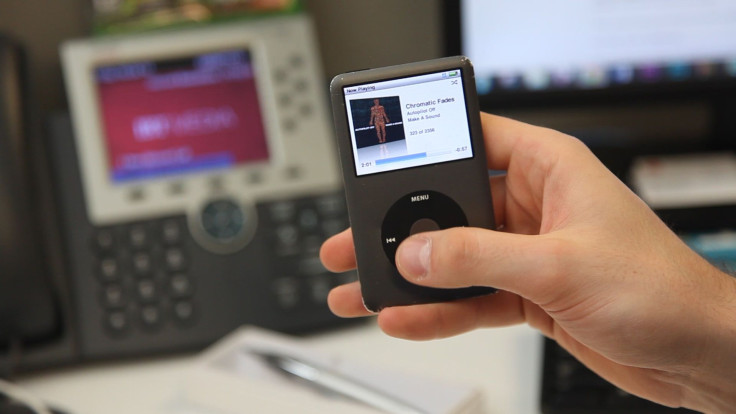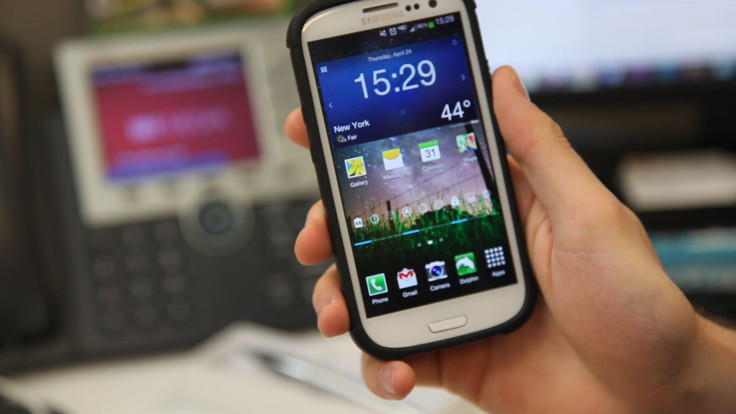How To Sync Your iTunes Library With Android [VIDEO]
Using an iDevice with a Mac and iTunes is designed to be plug and play; connect your iPod, iPhone, whatever peripheral you have, to an Apple computer and the computer sorts most of the work out for you. It’s all very convenient, but what if you don’t have (or don’t want) Apple devices to store your music on?
Android devices aren’t designed to work with the Mac versions of Apple’s programs, but that doesn’t mean you can’t use them without moving your media library.
We’ll be using a Samsung Galaxy S3 (running Jellybean 4.3) and possibly Windows Surface 2 tablet/whatever Windows phone gets sent to the office. The benchmark for ease and efficiency will be an iPod Classic.

The trusty old iPod Classic is simple, but has more storage than you’ll find on any phone (150GB). It’s a great device, but why carry it on a daily basis when you’ve already got a phone that does the same job? Still, it’s much tougher, brushing off knocks and drops with far more aplomb than an average smartphone, and its lack of touchscreen helps it be the ideal setup for a dirty/sweaty environment (gym/running duty).
Syncing your music with an iPod Classic is as simple as plugging in a USB to iPod cable. You might strain yourself clicking the “Sync” button, so it’s best to be cautious -- do some finger stretches before you move your hand, and brew a cup of tea while you wait for your music to transfer. I’m a fan of fruit teas, personally.
There, wasn’t that easy? iPhones are just as simple. Now let’s use a non-Apple device.

This is a Samsung Galaxy S3, a pretty typical Android phone. The only outstanding quality is that it’s not really outstanding in any way. It does everything reasonably well, and accepts a 64GB microSD card, so you can fit a decently large music collection on the phone with space left over for apps and pictures.
The problem here is that, if you just plug the phone into the computer, it’ll give you a message that equates to “DOES NOT COMPUTE,” so you’ll have to do a little bit of extra work. Fortunately, you’ve got options with an Android. Just make sure you download Android File Transfer (which is free, thankfully) and you’ll be able to drag and drop.
Make a folder on your desktop (or just copy your iTunes folder) and copy all the tracks you want to it. Then, plug in your Droid and copy the folder over. Effective, if a bit brutish. Plus you’ll have to do this any time you add new music to your library.
Next come third-party sync apps. I’m using doubleTwist, which allows you to sync entire libraries, playlists, or individual tracks (if you’re a masochist). Here you’ll run into a problem with the Galaxy line: the 4.3 update eliminates the phones’ ability to be seen as USB mass storage, like an iPod is. Which means you can’t sync with iTunes so easily anymore. That’s a bummer. Not all Droids run into this issue, but it’s become increasingly common for manufacturers to eliminate USB mass storage modes in favor of MTP and PTP.
There is another way: AirSync. You use doubleTwist first for this as well (it’s an app within an app, really), but instead of a physical connection, your music will be transferred via wireless witchcraft to your phone. AirSync uses your WiFi connection to send your files, which is nice. But it costs $5 to download, whereas doubleTwist itself is free. Still, it provides an easy solution to a problem, and five bucks is probably worth the ease of use.
AirSync isn’t the only wireless syncing app, of course. There’s SyncTunes, which is ugly and requires you to manually enter IP addresses and port numbers, but there is a free version. iSyncr is another choice, and it costs a dollar less than AirSync. The main difference is that AirSync will also let you stream your Droid’s content to AppleTV, if that strikes your fancy.
Remember. just because you don’t use all of the Apple products, it doesn’t mean you can’t visit the club for parties every now and then. Sometimes devices don’t play nicely with each other in the beginning, but a little work will let you mix and match pretty easily.
© Copyright IBTimes 2024. All rights reserved.






















